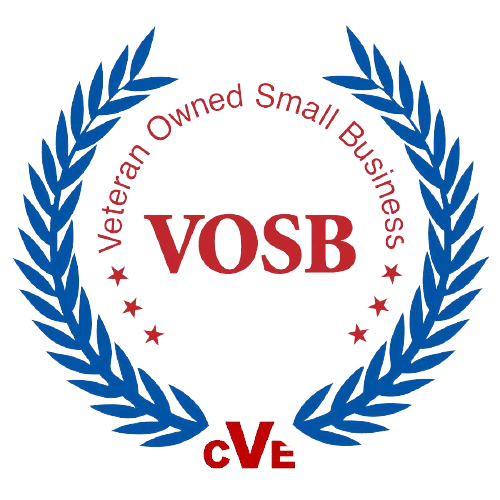I have always found it interesting that “demand-side management,” the term that is generally used synonymously with energy efficiency programs, includes virtually no demand management whatsoever. The term “demand-side” simply means the energy consuming side of the energy transaction, whereas, “demand” is an instantaneous power draw from a device, building, feeder line, substation, power plant, or an entire power grid. To date, energy efficiency programs have primarily been in search of any kWh (energy) savings at any time. I call these kWh “dumb kWh”. So, we have dumb energy efficiency savings from a supposedly smart grid. Discuss. This has got…
Read More
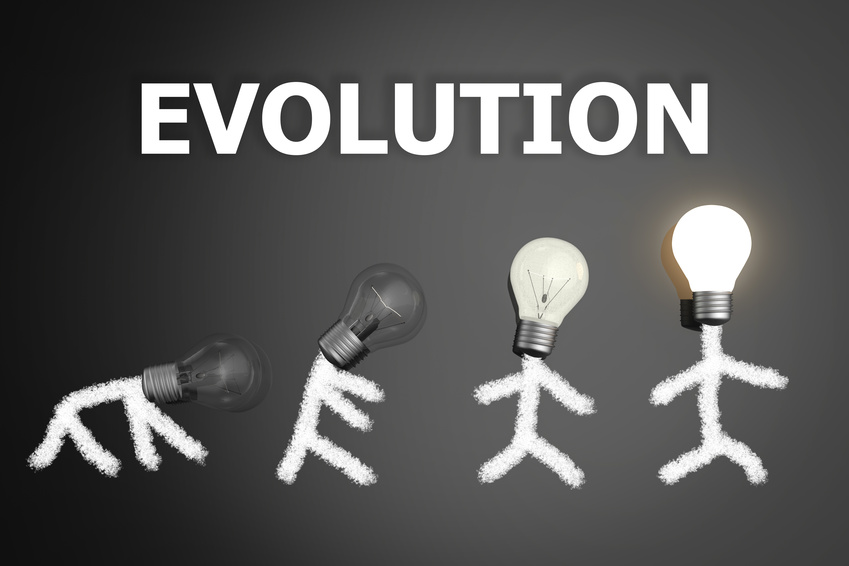
This year ACEEE published a three-part series on why people and companies invest in energy efficiency. First, they provide some guesstimates of energy efficiency investment in the United States. Their researched estimates vary from $60 billion to about $120 billion, annually. Is this a reasonable guesstimate? According to their State Scorecard, program spending on natural gas and electric demand-side management programs held steady at about $7.5 billion in 2016. Check. The International Energy Agency pegs worldwide investment at $231 billion and about $40 billion in the U.S. Check. As a laugh test, $100 billion is a measly 0.5% of the…
Read More

Happy New Year! I am launching 2017 with this positive, upbeat Rant (my apologies to all my Oscar the Grouch fans). I have a go / no-go test for our company’s involvement with organizations: if we are going to be members of something, we are going to participate in, benefit from, and contribute more than money to the organization. Otherwise, it is indeed a waste of money. The Association of Energy Services Professionals (AESP) is an organization I’ve been involved with since 2010. That was the year I attended the big shindig, the National Conference, for the first time. Since…
Read More

It’s Halloween. Hundreds of thousands of people have to figure out a different costume because a clown plague has infected the country. While I don’t consume tabloid news, I did hear that in some cities, the clowns are getting beat up. I thought, now that isn’t a bad idea, but I wouldn’t advise that. When I was a kid, Halloween antics included dozens of mushy tomatoes and cucumbers left behind in the garden. These have the impact of water balloons, and they make a fine mess. For this post, I referenced my program booklet for ACEEE’s 2016 Summer Study on…
Read More
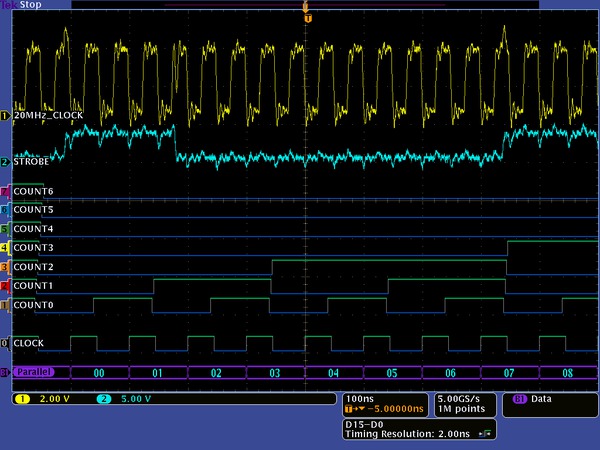
Last week, we explored the state of EM&V 2.0 and its considerable, to say the least, constraints. This week, we look more intensely at fallacious “automated M&V”. Automated M&V is an oversold and over-hyped concept. When something is automated, it takes inputs (data) from various sources, often hundreds of sources, with high frequency, maybe by the second or on a Hertz (many times per second) scale. Then the brains of the automated doohickey compute and translate the data into solutions or outcomes. For buildings of all types, from single family homes to large commercial and industrial facilities, automated systems are…
Read More
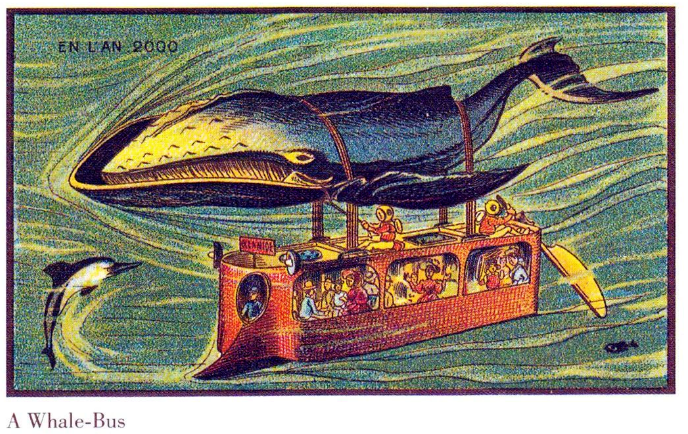
Evaluation, Measurement and Verification 2.0, or EM&V 2.0, is a nerdy term coined in 2014, according to this blog by Northeast Energy Efficiency Partnerships (NEEP). The hype of EM&V 2.0, which I will explain later, is that it will automate measurement and verification, putting us engineers out of business. This is not going to happen anytime soon. Definition 2.0 The definition of EM&V 2.0 boils down to using utility meter interval data, typically hourly or sometimes every 15 minutes, or maybe even 5 minutes, to disaggregate and measure impacts from energy efficiency measures. One could consider that EM&V 2.0 is…
Read More
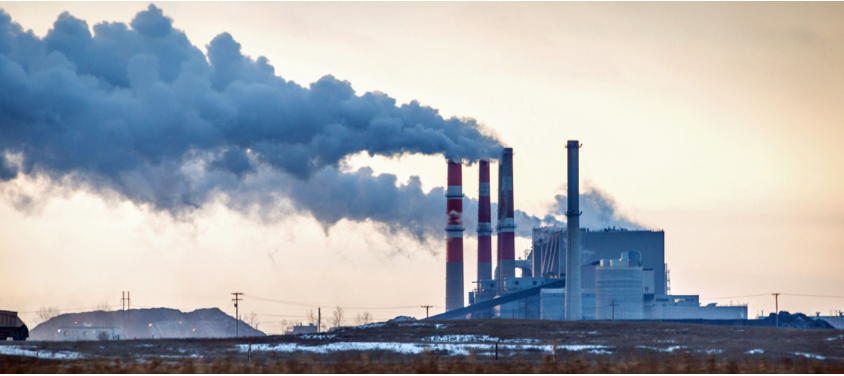
Energy is a commodity, and like all commodities, it is wise to hedge risk; not go the other way and place bets. Unless you are a certain presidential candidate with privileged information on cattle futures, I would stay away from betting, er investing in, commodities in general, and energy specifically. To digress for a moment, recall when gasoline cost $4 per gallon, there were all kinds of calls to investigate price gouging and rigging the market. Bill O’Reilly would ignorantly rant about the “speculators”. I said then, in 2008 just before this blog was born, that was poppycock. Senators Chucky…
Read More

A few weeks ago in Cost of Saved Energy, I received some great feedback and a few questions. The questions involved energy efficiency potential studies and what are best practices. You know what they say about thinking outside the box – in this case I don’t know what the box is so I have no problem going off the ranch.I started with the Ten Pitfalls of Potential Studies by Regulatory Assistance Project (RAP) which didn’t answer many questions on this topic, but it did release an avalanche of unchained thought. Right out of the gate, pitfall number 1, Defining “Achievable”…
Read More

I was planning to write about industrial efficiency and the crimes of opting out this week, but while searching for supporting data, I found other interesting stuff; namely the cost of saved energy by state and by year. In 2009, ACEEE published a paper, Saving Energy Cost Effectively: A National Review of the Cost of Energy Saved Through Utility-Sector Energy Efficiency Programs (short titles are not one of their strong suits). A few years later they published an updated paper for the 2014 Summer Study For Energy Efficiency in Buildings. This one was called, Still the First Fuel: National Review…
Read More

A couple months ago, I co-authored an AESP Strategies article with Diana Husmann from Nexant and Teri Lutz from Tetra Tech. The subject was non-residential behavior programs. One of the undercurrents that was revealed to me in that process is that strategic energy management, SEM, seems to get pigeonholed as a “behavior program”. First, to digress a bit, every program is a behavior program. ACEEE summarizes these nicely in their Field Guide to Behavior Programs. A super summary of behavior elements are as follows, taken directly from that paper. Cognition programs focus on delivering information to consumers. Categories include general and targeted communication…
Read More

